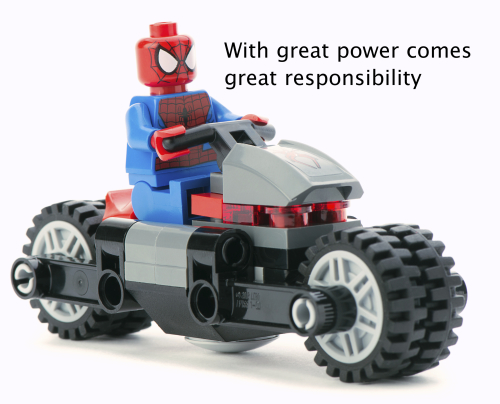Content Marketing : Getting Started
3 words to guide you to content marketing success
Content marketing is a distinct strand of marketing. Marketing rethought for the digital age.
It’s an age where we’re no longer passive recipients of messages broadcast at us by a small number of large corporations who “know better.” An age where we’re able to stake a claim to a corner of the internet and call it our own.
What is Content Marketing?
The Content Marketing Institute defines it as:
“…the marketing and business process for creating and distributing relevant and valuable content to attract, acquire and engage a clearly defined and understood target audience – with the objective of driving profitable customer action.”
Content marketing reflects the way we’ve changed as consumers – we research products, alternatives and prices online before deciding to buy something, particularly a higher ticket number.
And it also reflects how it’s easier for us, whether it’s in business or at leisure, to act like publishers or media companies – producing, sourcing and sharing content.
Content includes anything from video to audio (for example, podcasts), visual (for example, infographics) to written material (for example, blogs or opinion pieces), and can be available across all sorts of channels from mobile, print, online, social and in-person.
Both offline and online, the channels can be owned (our own websites and where we should always be seeking to drive traffic), earned (for example, obtaining media coverage or guest blogging), rented (social media) or paid-for (for example, native advertising content).
Content marketing can be put to work at any and every stage of the buying process from initiating awareness to customer retention and loyalty strategies.
Why should we care?
Content marketing is a great way of creating a buying environment. Where closing a sale becomes more “you’re buying something you know you need from us” rather than “we’re selling to you.”
After all, as consumers, we don’t like being sold to but we do enjoy buying.
How to create optimum buying environments
First of all we need to recognise that with the power that technology has bestowed on us, we have a responsibility.
Our responsibility is to always be adding value – contributing something useful and helpful to our audiences.
The power of three
Add value by keeping these three words – and their meanings in this particular context – at the front of your mind:
1. Purpose
A strong sense of purpose should run through everything you put out there.
Make sure that your blog posts, the forum discussions you contribute to, the videos you create have what you stand for, not just what you sell, at their core.
When you address this “why” of your businesses, you unearth the “why anyone should care or listen” bit. And that’s what becomes your differentiator.
It’s what brands are built on.
2. Focus
Your focus, when putting together content, should be on your “who” – your target audience.
Put in the time finding out exactly who they are and where they are. Do they listen to podcasts or prefer video? What social platforms are they on?
And then make those target audiences – not yourself or your company – the people you serve, with content that focuses on the sort of questions they might be asking you.
3. Strategy
A written strategy should underpin any content marketing activity that you undertake.
Don’t just jump in and start blogging or podcasting because it’s “in,” it seems like a good idea and everyone’s doing it.
Know what you want from your content marketing on two fronts:
– how it’ll contribute to meeting your overall business goals.
– how it’ll help with specific initiatives, for example a series of “how to” videos based around key events in your promotional calendar.
Being clear about what you’re looking to achieve makes it a whole lot easier to measure success. It also gives you a good idea of what you should be doing more of and what you can ditch.
Commit
As a relationship building exercise, content marketing is a lot like networking.
Embarking on the “KLT” (know, like, trust) journey to making a sale is something we have to commit to for the long haul.
And repurpose!
This blog post started life as a 4 minute presentation at a Speed-Conferencing event on 15 January 2015.

